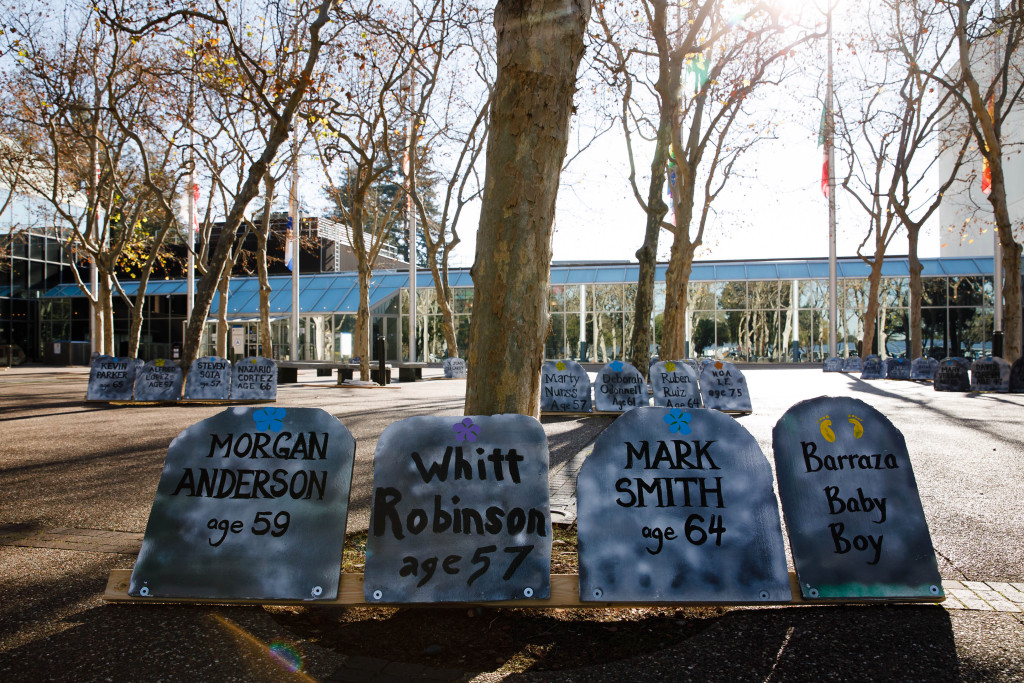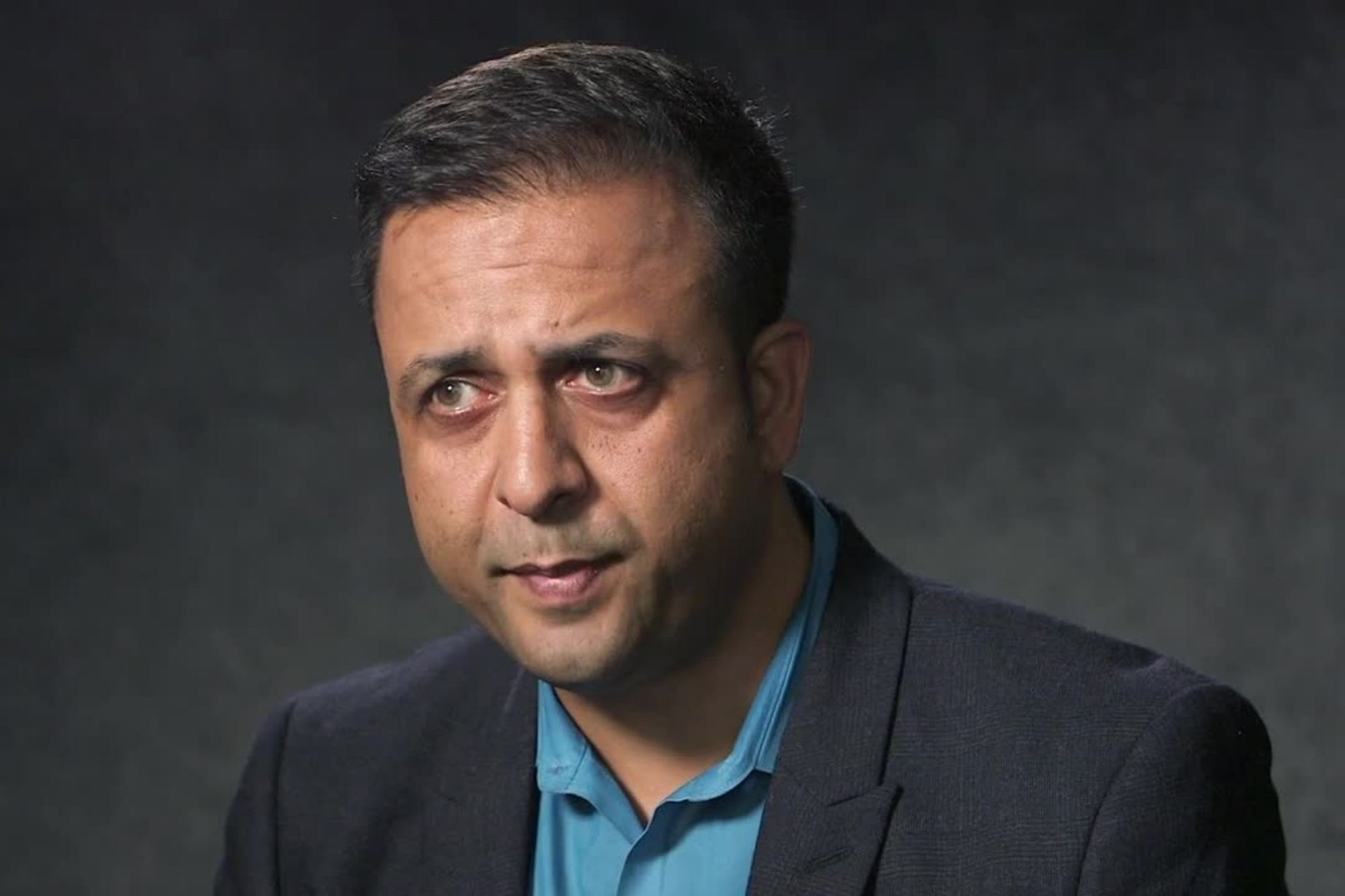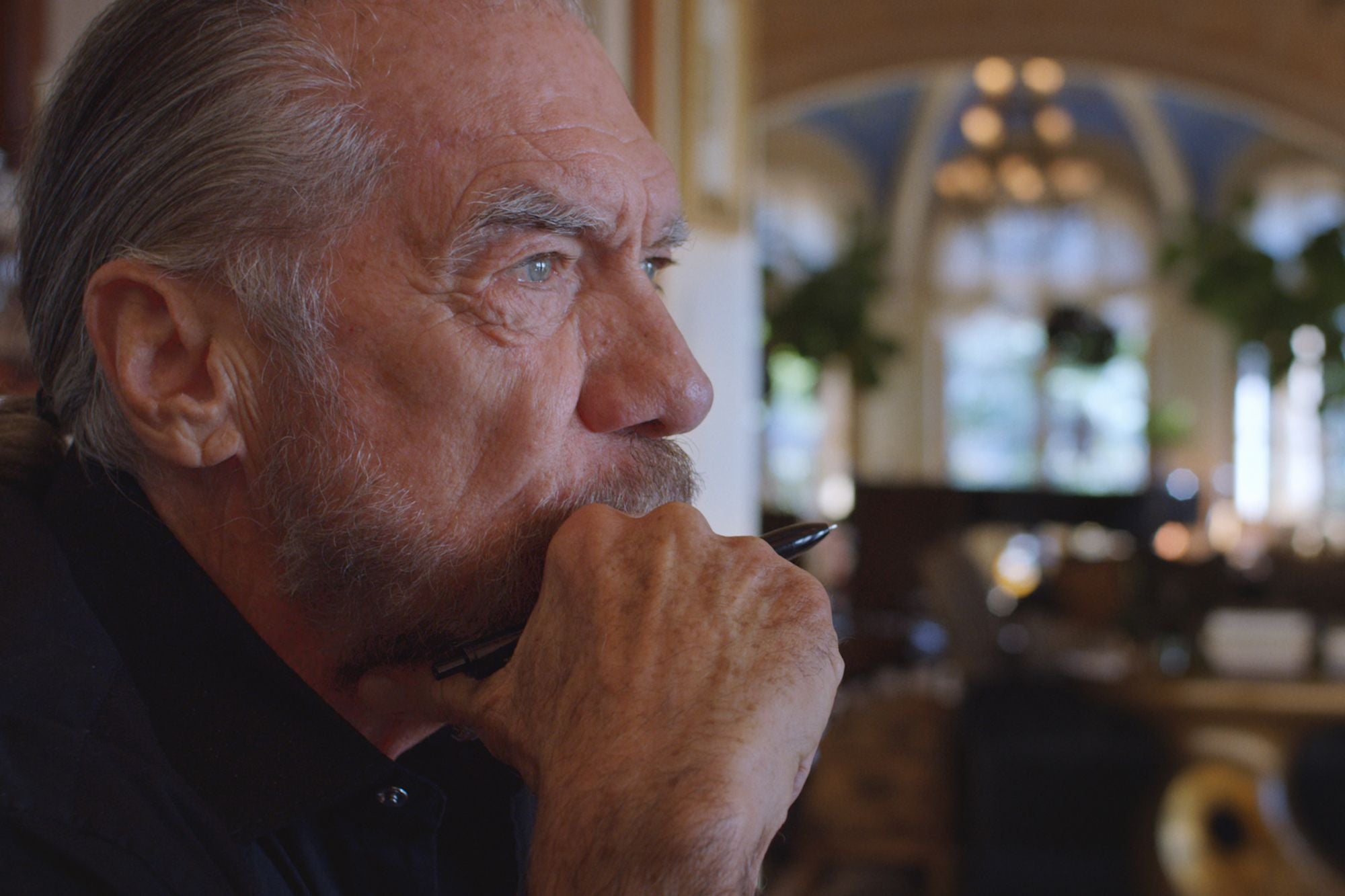SAN JOSE — Activists turned the plaza outside the county government building into a mock graveyard Monday, erecting 196 foam tombstones to call attention to the growing number of homeless people dying on Santa Clara County streets.
McEntee Plaza on West Hedding Street, typically a place people pass through on their way to apply for a passport or look up a real estate deed, for one day became a striking tribute to the region’s homelessness crisis.
CLICK HERE, if you are unable to view these photos on your mobile device.
Each headstone was marked with the name and age of someone who died in the county without a home, from Dec. 1, 2019 through Nov. 30, 2020. The death count was 22% higher than at last year’s memorial — a disturbing trend activists say highlights the need for city and county leaders to do more.
“Every one of these tombstones is crying out to us. Not just to memorialize them, not just to say their names — although that’s a good start in a society that has done its best to erase them from our collective memory,” said Sandy Perry, an organizer with the Affordable Housing Network of Santa Clara County and an outreach minister with CHAM Deliverance Ministry. “They are crying out with the old saying that says don’t mourn. Organize.”
Death rates are increasing in homeless communities across the Bay Area. Alameda County saw 40% more deaths during the first nine months of 2020, compared to the same time last year. San Francisco saw a staggering 123% increase. The people behind those numbers died of causes ranging from drug overdoses, alcoholism and heart disease to pneumonia and hypothermia.
Experts blame the increase on a host of factors, including increased access to fentanyl, and growing homeless populations. And though COVID-19 accounted for just a handful of deaths in the Bay Area’s homeless community this year, doctors say the pandemic has had a negative impact on the health of unhoused people, making it harder for them to access medical care, food, shelter and other necessities.
But the bottom line, experts say, is many of these deaths could have been prevented if the victims weren’t homeless, and if there were more housing, shelters and warming centers to bring them in out of the cold and away from the dangers of the streets.
The oldest person lost this year was 80 years old. The youngest was an infant — a baby boy with the last name Barraza, who died with methamphetamine in his system. Of the 196 lives lost, 105 were people of color, and 87 were seniors.
“Clearly this is a failure of the system,” said Shaunn Cartwright a volunteer with the Unhoused Response Group. “When our death rate goes up 22% in one year, and we have all these dead seniors, this system is failing. And that’s the bottom line.”
In the past five years, the number of tombstones has grown by more than 200%.
Two of the symbolic tombstones this year belonged to people killed in a stabbing attack last month at a homeless shelter run by Grace Baptist Church in downtown San Jose — 55-year-old Kimberly Fial and 45-year-old John “J Dubb” Paulson. Both were staying at the shelter at the time of the attack, and Fial served as a volunteer there, helping take care of other guests.
Volunteers were at the church, painting the tombstones that would be used in Monday’s event, hours before the killings.
The Grace Baptist shelter was forced to close for several weeks, but it reopened its doors last week, said Pastor Dave Robinson. The church is beefing up its security measures — hiring new staff and checking guests who come in with metal detector wands. But the return to business has been peaceful so far, Robinson said.
Monday marked the 7th year activists have held the annual vigil, which was sponsored by the Silicon Valley Interreligious Council, HomeFirst, Grace Baptist Church and several other groups. This year included a virtual component broadcast on YouTube, due to pandemic social distancing mandates.
For R.J. Ramsey, who volunteers with the Unhoused Response Group, Monday’s event was personal. Ramsey, who used to be a lawyer, was homeless off and on for 10 years, after losing his job, going through a divorce, and dealing with mental illness. Today, Ramsey lives in permanent supportive housing at Second Street Studios in San Jose.
“I easily could be one of these people,” Ramsey said, gesturing to the tombstones surrounding him. “I didn’t think I was going to make it some nights.”
Next year, activists are bracing for yet another increase.
“We’re starting to run out of places that are big enough for this memorial,” Cartwright said.










